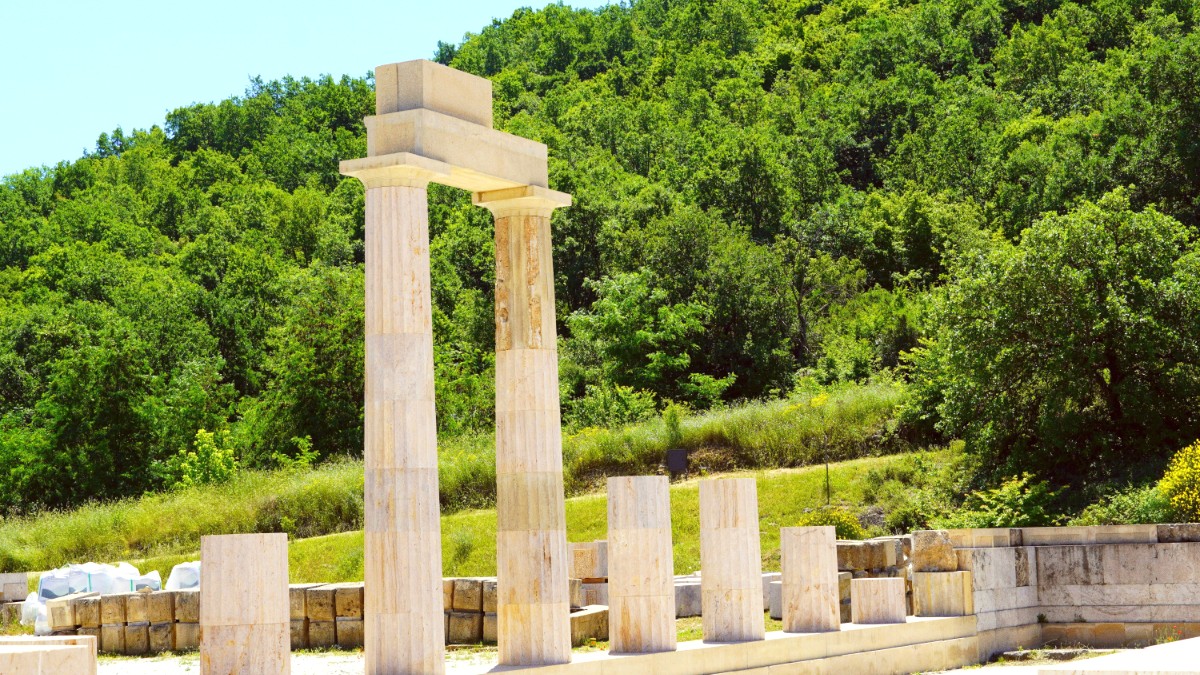
Greece
Public transportation offers an efficient and cost-effective way to explore Greek Macedonia, especially in its major cities.
Thessaloniki relies mainly on a comprehensive bus network (OASTH). The Thessaloniki Metro is under construction, with partial operations expected in 2024. Once fully operational, the metro significantly improves urban connectivity. Smaller cities like Kavala and Drama have their own local bus networks.
Buses generally run from 5:00 AM to 1:00 AM, with limited night routes on main lines. Frequency varies.
Newer buses and the upcoming Metro are designed to be wheelchair-friendly, though older buses may have limited accessibility.
Use Google Maps or OASTH app for real-time info. Buy tickets in advance from kiosks for savings.
Valid national license + IDP for non-EU citizens. Major companies at airports.
Available in urban/coastal areas (Chalkidiki). Valid license and helmets mandatory.
Available in Thessaloniki and Chalkidiki. Limited dedicated lanes in city.
Drive on right, seatbelts mandatory. Speed limits: 50 urban, 90-110 rural, 130 highways.
Explore the charm of Greek Macedonia on foot or by bike, especially in pedestrian-friendly areas.
Hop-on-hop-off service in Thessaloniki. Organized day trips to regional attractions (Vergina, Chalkidiki).
Seasonal options in Chalkidiki for island hopping or secluded beaches. Check local providers.
Challenges in older city parts/sites with uneven terrain. Research accessible tour operators for specialized needs.
The upcoming Thessaloniki Metro will greatly change urban connectivity.
Using buses and future metro systems cuts down on carbon footprint compared to private vehicles.
Lower air pollution
Fewer cars on the road ease traffic flow and urban noise levels.
Smoother city movement
Public transport supports environmentally friendly tourism practices.
Eco-conscious exploration
It also offers an authentic way to experience local life and interact with residents.